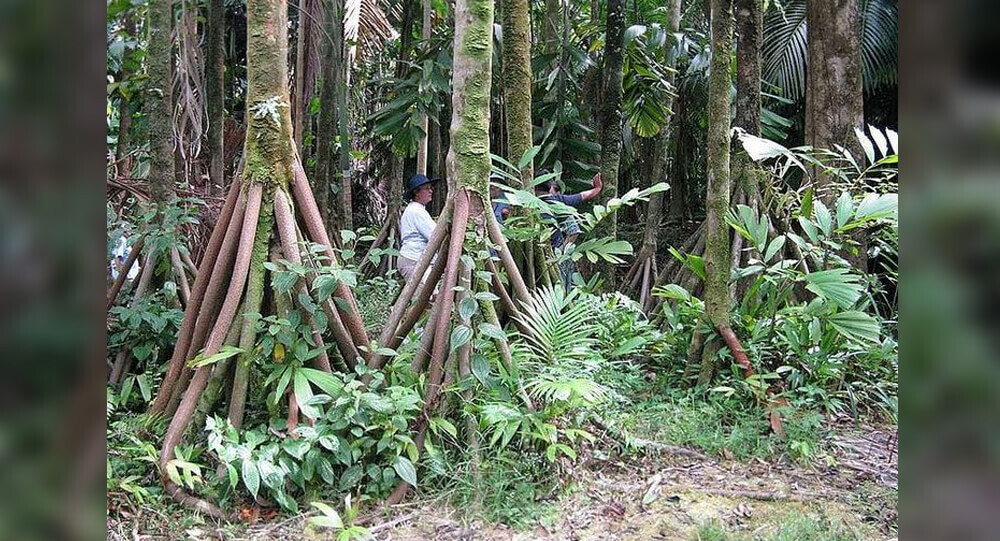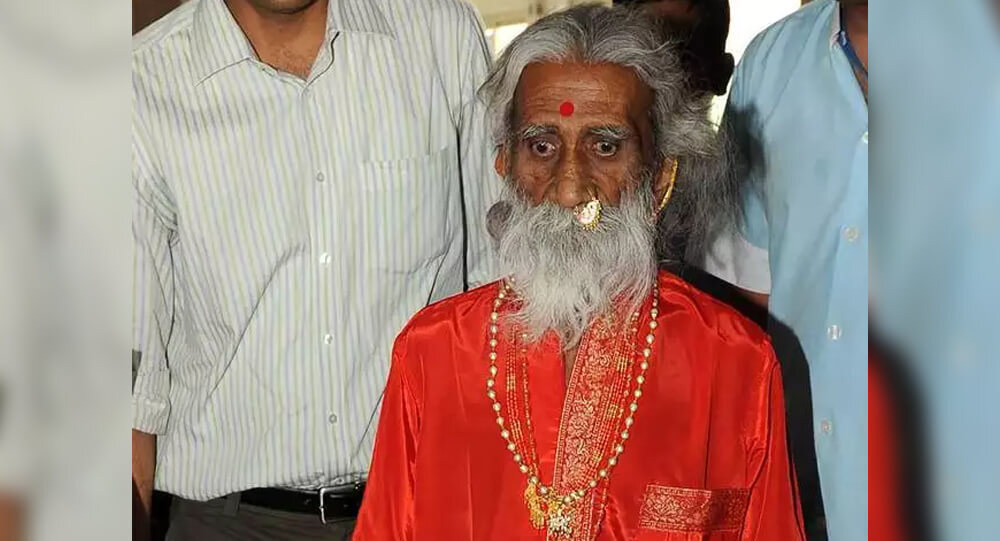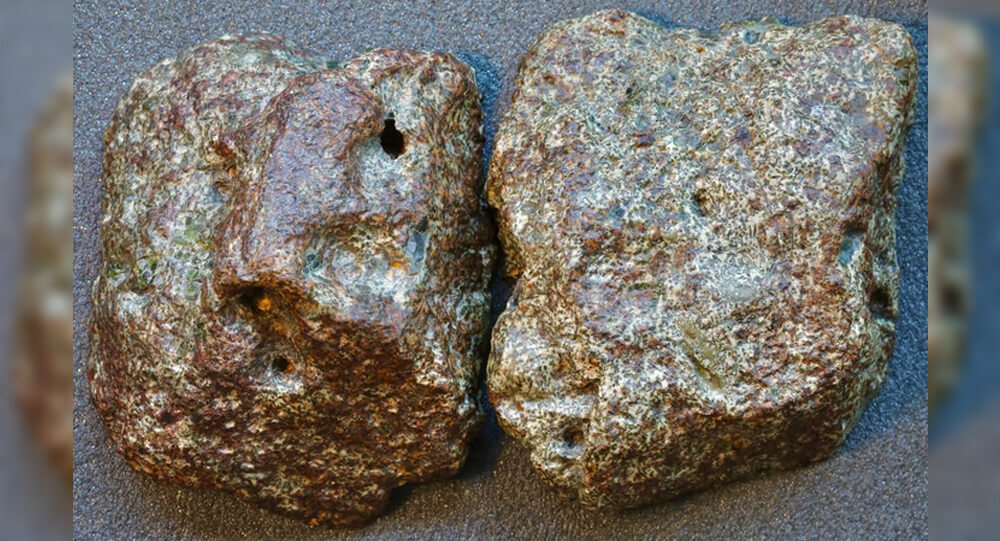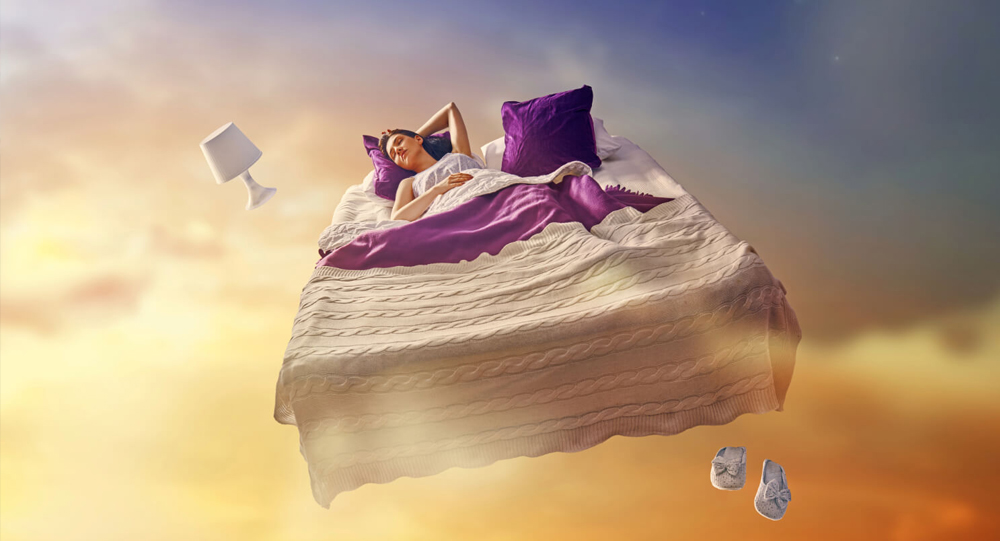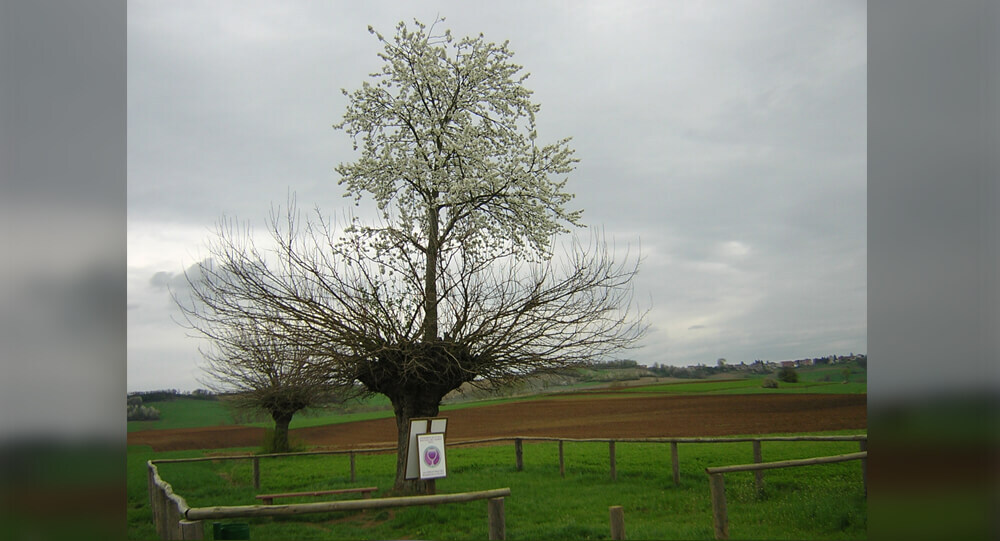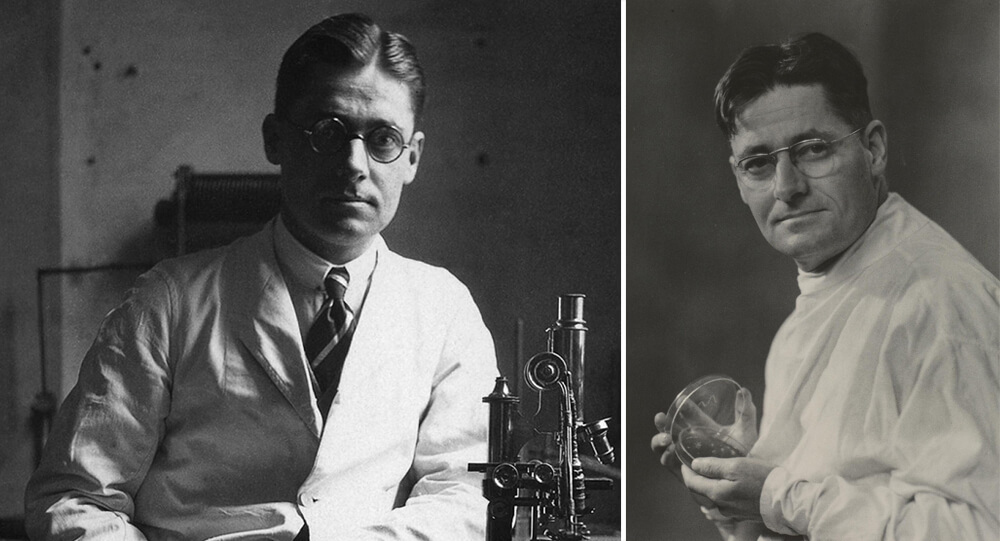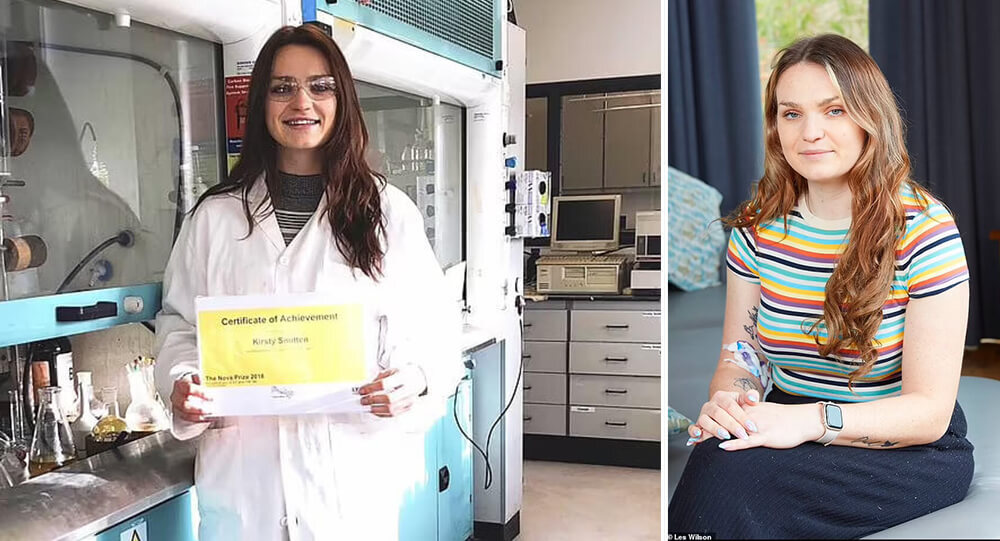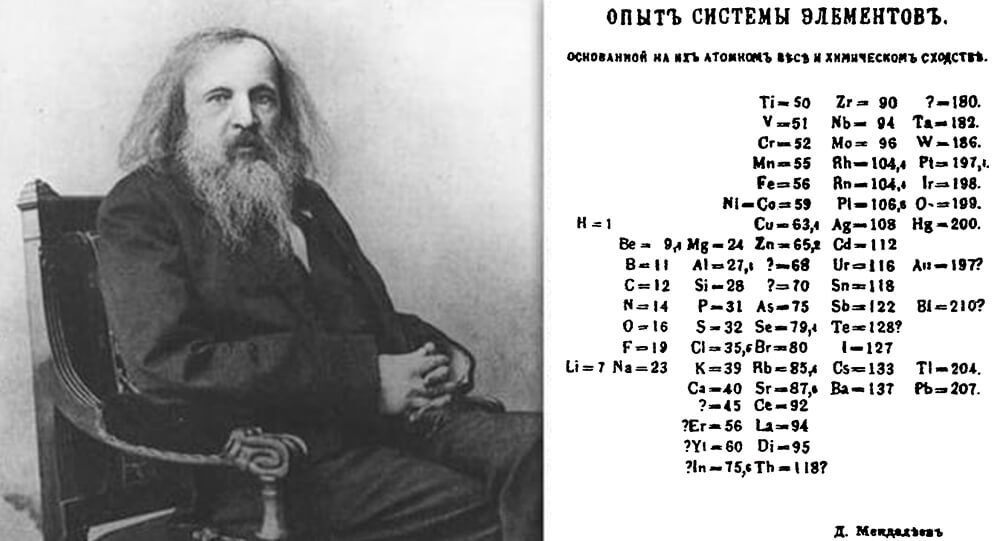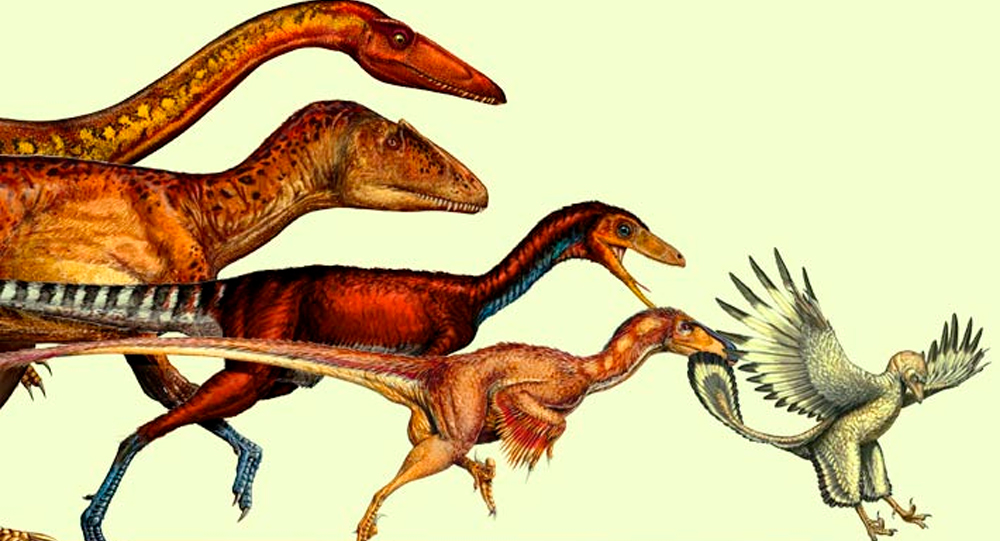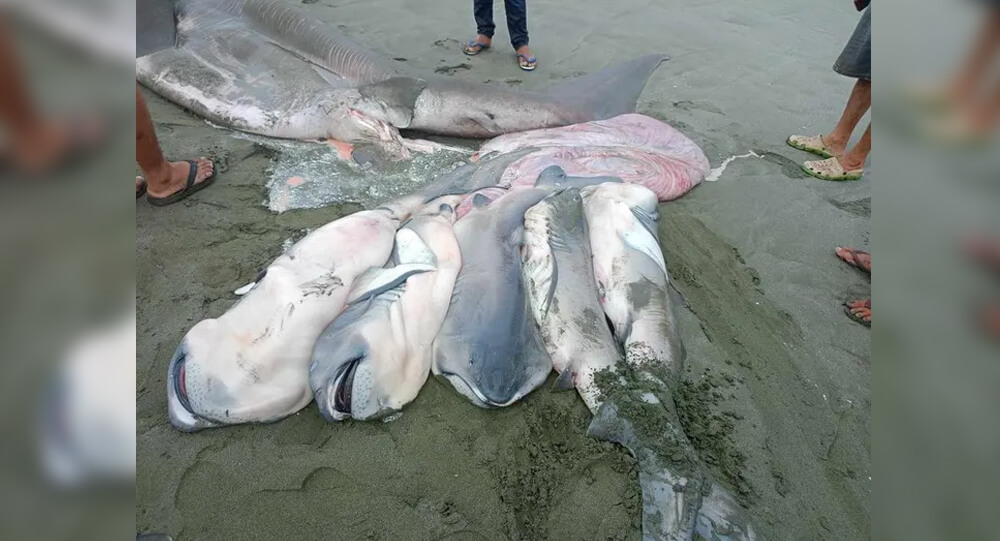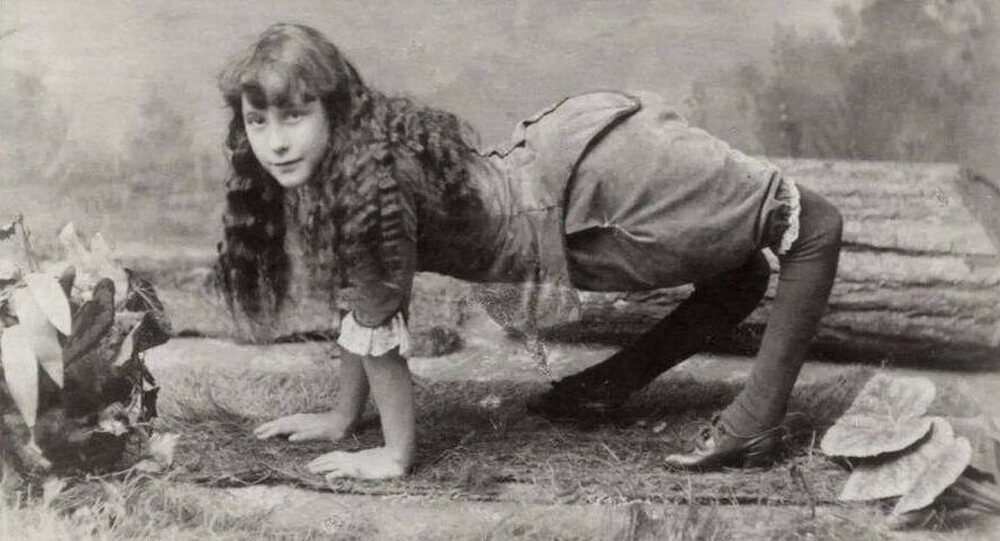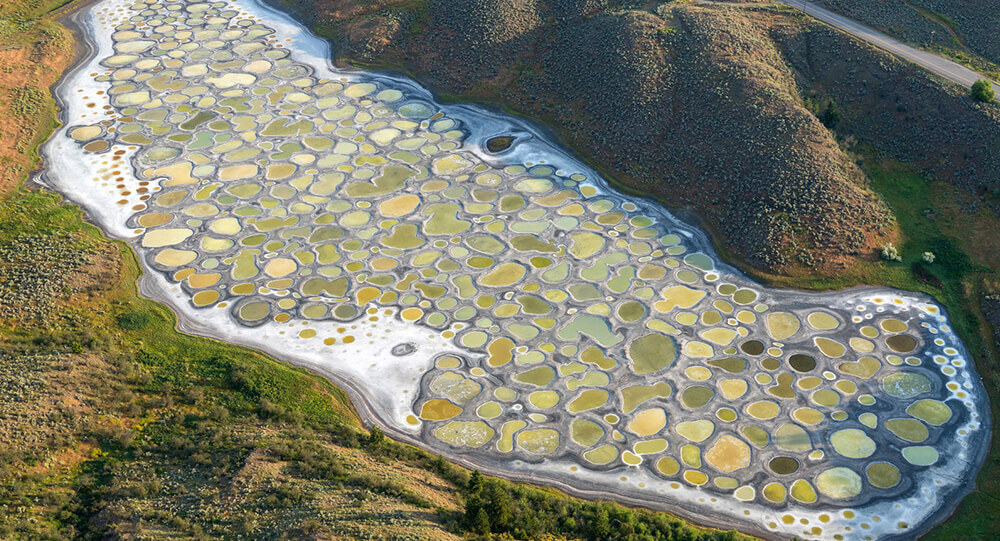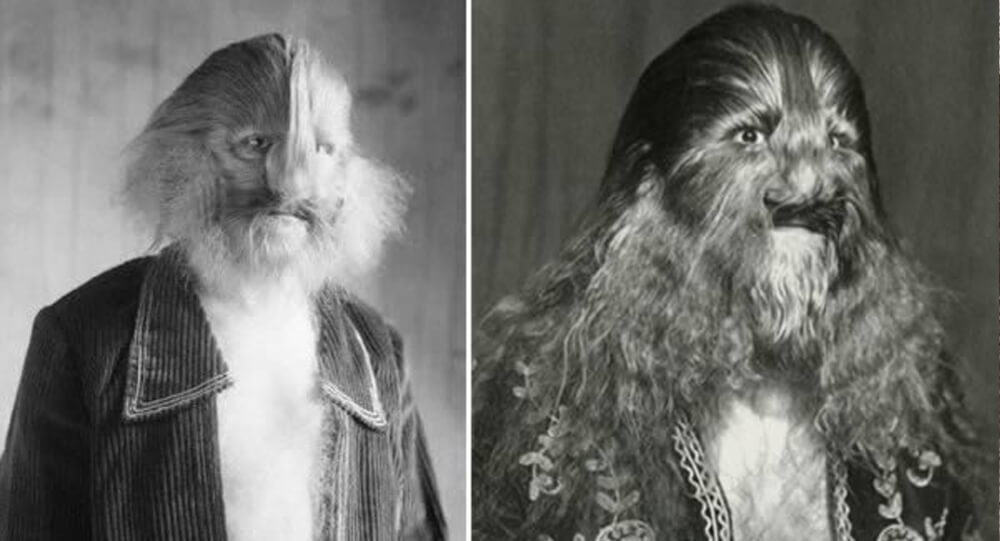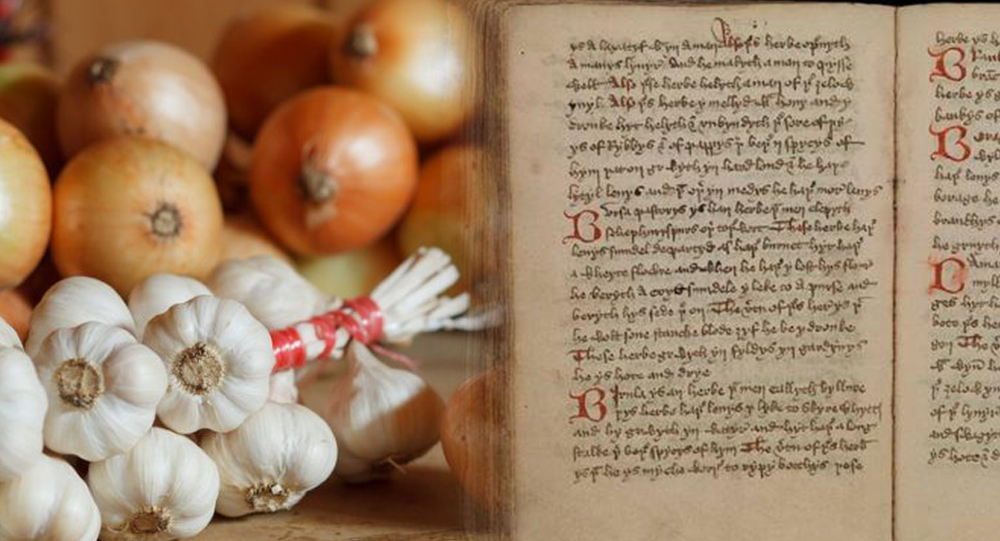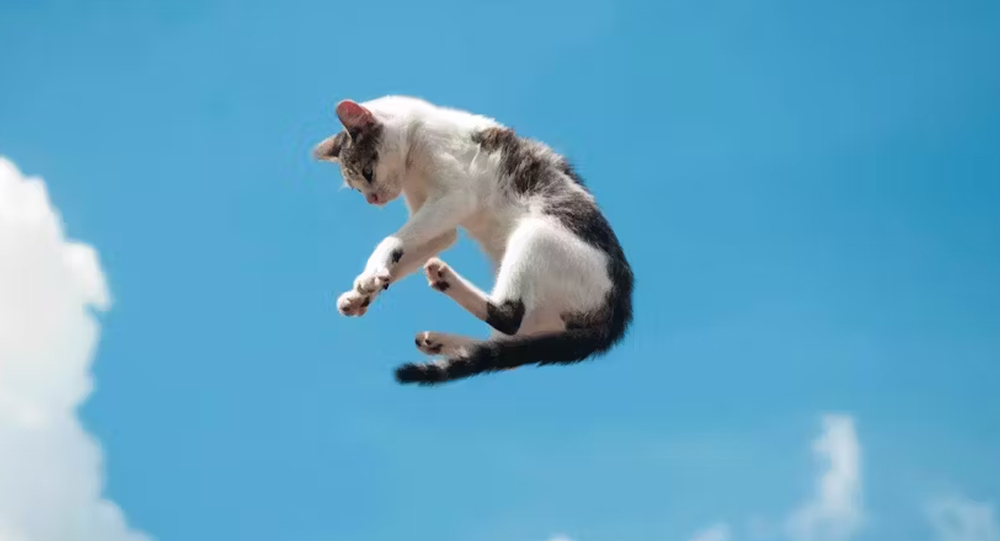

Scientist injects himself with 3.5m yr old bacteria for immortality and amazing happens
Russian scientist Dr. Sergei Brouchkov has been researching a type of bacteria called “Bacillus F” or “Bacillus F sp. 3G-1.” One of the oldest living things on Earth, this bacteria was found in Siberian frozen soil and was separated from it. Its age is thought to be around 3.5 million years.
In order to comprehend how Bacillus F has been able to endure for so long in such harsh conditions, Brouchkov and his team have been researching the organism. They have discovered that the bacterium can repair its DNA more successfully than other bacterial strains, which may explain why it can survive for such a long time.
There has also been considerable conjecture regarding the potential uses of Bacillus F in industries like biotechnology and medicine. For instance, Brouchkov has proposed that the bacterium’s capacity for DNA repair may help to shield people against age-related disorders.
It is crucial to remember that these hypothetical applications are still speculative and would necessitate more study to be completely comprehended. Concerns exist over the potential hazards of dealing with such a prehistoric organism as well as the possibility of incorrect interpretation of the research findings.
What is Bacillus Genus and Bacillus F?
Bacillus F is a common name used to refer to a specific strain of bacteria known as “Bacillus F sp. 3G-1,” not a specific strain or species of bacteria. Russian scientist Sergei Brouchkov and his team have investigated this strain of bacteria extensively after isolating it from Siberian permafrost soil.
On the other hand, the genus of bacteria known as Bacillus contains a wide variety of species. Endospores, which are incredibly resilient structures that can endure in adverse environmental circumstances, are characteristic of the Bacillus genus. There are many different habitats where Bacillus species can be found, including soil, water, and animal gastrointestinal tracts.
While Bacillus F is a specific strain of bacteria within the Bacillus genus, it is important to note that there is significant diversity within the Bacillus genus. Different species of Bacillus can vary in terms of their physiology, morphology, and ecology. For example, Bacillus anthracis is a pathogenic species that causes anthrax in humans and animals, while Bacillus subtilis is a non-pathogenic species that is commonly used as a model organism in molecular biology and genetics research.
In summary, Bacillus F refers to a specific strain of bacteria within the Bacillus genus, while the Bacillus genus as a whole includes many different species of bacteria with diverse characteristics and ecological niches.
Injecting to himself
A weird claim involving ancient microorganisms with immortality has been made by a Russian scientist in his search for immortality.
According to the Huffington Post, scientist Anatoli Brouchkov, who gave himself an injection of bacteria that is 3.5 million years old, claims that doing so has allowed him to work longer and stay healthy for the past two years.
He is the director of Moscow State University’s Geocryology Department.
In an effort to unearth the secret to perpetual life, the head offered himself up as a test subject for the contentious experiment.
Brouchkov reportedly told The Siberian Times, “I started to work longer, I have never had the flu for the last two years,” as reported by Huffington Post.
“I cannot accurately describe the effects because it wasn’t quite a scientific experiment,” he added.
Obviously, such tests need to be conducted in the clinic, with the necessary equipment and statistics. “Perhaps there were some side effects, but there should be some particular medical equipment to recognize them.
“Then we could explain each effect clearly.”
Even while scientists are getting more and more interested in the search for eternal life, Brouchkov’s approaches are clearly divisive.
Researchers are trying to understand how the genes in the Bacillus F bacteria, which was found to be thriving in the Siberian permafrost in 2009, increase longevity.
Until now, studies on fruit flies and mice have demonstrated reported benefits, such as assisting old female mice who are past the age of reproduction in producing progeny.
The local population, the Yakut people, in fact, have been ingesting these cells with water for a long time and even appear to live longer than some other nations, so there was no danger for me. Moreover, the permafrost is thawing, and I suppose these bacteria get into the environment, into the water.
He does, however, acknowledge that his unconventional strategy would require appropriate clinical trials to track any potential negative effects.
Of course, in order to accurately describe all the impacts, such tests would need to be carried out in a clinic using specialized tools and statistical analysis.

The extraordinary case of Olivia Farnsworth, who hit by a car and dragged down the street without pain because of chromosome 6 deletion
In 2016, 7-year-old Olivia Farnsworth was hit by a car and dragged down the street, but she did not feel a thing. That is because of a rare condition called “chromosome 6 deletion,” which causes her to feel no pain. She also does not experience hunger or exhaustion.

The “Walking” Palm, tree species can walk up to 65 feet each
This tree species can walk up to 65 feet each year to find the best habitat to live in.

This Yogi Spent 76 Years Without Eating or Drinking Anything and Confirmed by
Prahlad Jani, the starving monk who lived 76 Years without food and water.

Woman's transplanted 'man hands' became lighter and more feminine over time
After losing both arms in an accident, an Indian girl received limbs from a male donor. The donor hands, which were formerly huge and hairy, changed skin tone and became thin and feminine over time to mix in with her body.

Meteorite found in Sahara Desert older than the earth
This Sahara Desert Meteorite was discovered to be older than the earth itself. This Meteorite is estimated to be 4.6 billion years old, while earth is estimated to be 4.54 billion years old.

Why are there 24 hours in a day and 60 minutes in an hour
Ancient Babylonians did math in base 60 instead of base 10. That's why we have 60 seconds in a minute and 360 degrees in a circle.

The Science Behind Why We Dream and What It Means
Dreams have fascinated humanity for millennia—enigmatic stories that unfold in sleep, weaving memories, emotions, and symbols. Modern science is now unraveling why we dream and exploring what these nightly narratives reveal about our brain, emotions, and waking lives. Journey through the latest discoveries on the science of dreaming and its meaningful reflections in our psyche.

The Unique Grana Double Tree of Piedmont, Italy
The “Grana Double Tree” in Piedmont, Italy is a highly unusual tree, which consists of a cherry tree growing atop a mulberry tree. It is essentially a two-species, two-tiered hybrid duplex.

The Giant Mirrors Brought Sunlight to Rjukan
Due to the steep mountains that surround it, the town of Rjukan, Norway, doesn't receive any natural sunlight from September to March. They placed large mirrors in the town square to reflect light. The mirror follows the path of the sun and moves every 10 seconds to create a 600m squared light pool.

How did Howard Florey discover penicillin
Penicillin was discovered by Alexander Fleming, but he never attempted to turn it into an antibiotic. It wasn't until ten years later that Howard Florey discovered Fleming's obscure paper and understood the mold's potential. Up to 200 million lives may have been saved as a result of Florey's work.

A 28-year-old scientist could win a Nobel Prize for creating new class of antibiotics
A 28-year-old scientist could receive the Nobel Prize for developing a new class of antibiotics that fight drug-resistant bacteria, but she only has months to live after being diagnosed with incurable heart cancer, and she says "There aren't words to express how sad I feel' about not seeing award."

The Accidental Birth of Super Glue: Dr. Harry Coover's WWII Discovery
Dr. Harry Coover was trying to develop clear plastic for gun sights during WWII when he accidentally created cyanoacrylate, an extremely strong adhesive. Initially dismissed, it was later marketed as Super Glue in the 1950s.

How Dmitri Mendeleev Developed the periodic table of the elements
1850 Dmitri Mendeleev walked almost a thousand miles to Moscow so he could apply for the University of Moscow. Although he was not accepted, he walked to St. Petersburg where he was accepted, And with that education, he developed the the periodic table of the elements

The Evolution of Flight: From Dinosaurs to Birds – A Journey Through Time and Science
Flight is one of nature’s most remarkable adaptations, but its origins trace back millions of years before modern birds took to the skies. Emerging from theropod dinosaurs during the Jurassic period, birds evolved feathers, wings, and lightweight bodies that enabled powered flight. This detailed narrative explores the fascinating evolutionary path from ground-dwelling dinosaurs to the aerial masters of today, blending science, intriguing fossil finds, and surprising trivia about our feathered ancestors.

Megamouth Shark And Her Babies Found Dead In The Philippines
Filipino zoologists have recorded a pregnant megamouth shark for the first time ever since the rare aquatic specie was discovered in 1974.

The Heartbreaking Story Of Ella Harper, The ‘Camel Girl’
Ella Harper, Professionally known as the “Camel Girl” was born with a rare orthopedic condition that cased her knee to bend backward. Due to this condition, had to walked on all four legs, which resulted in her nickname as “Camel Girl”. Tough it was hard at first, but soon she made a fortune out of it.

Man discovers he has 3 kidneys after going to doctor for severe back pain
In 2020, a 38-year-old Brazilian man visited his doctor for severe back pain and was shocked to find out that he has three kidneys instead of just two.

Stephen Hawking’s Warning: Humanity Has Less Than 200 Years to Escape Earth’s Limits
Stephen hawking says humanity won't survive without leaving earth. In fact, human beings may have less than 200 years to figure out how to escape our planet

Henrietta Lacks: Who Was She? Here's how HeLa cells became necessary for medical research
Henrietta Lacks was died in 1951. The tumor that killed her has been alive and growing to this day. The tumor is immortal and was used to progress the Polio vaccine and is the jumping point for most human cell research to this day. Scientists have grown some 20 tons of her cells.

What makes bananas radioactive?
Yes, It is true that bananas contain radioactive substances. But the same can be said for spinach, potatoes, oranges, Brazil nuts, kitten litter, granite counter tops, even the air you breathe! Radioactivity is unavoidable and all around us. So, what exactly is it?

The Mystery of Canada's Magical Spotted Lake
Lake Khiluk, the world's most mineralized lake, and one of the most mysterious places on Earth. Each of these spots has a distinct chemical content and is said to cure various diseases.

The story of Lionel the Lion-Faced Man, Stephan Bibrowski
Stephen Bibrowski, also known as Lionel the Lion-faced Man, was a well-known sideshow entertainer. His entire body was covered in long hair, giving him the appearance of a lion; this was most likely due to a rare condition known as hypertrichosis. Lionel traveled to the United States in 1901 and began performing with the Barnum and Bailey Circus.

Medieval Medicine: A 1,000-year-old onion and garlic salve kills modern bacterial superbugs
Scientists recreated an Anglo-Saxon manuscript-based 9th century onion and garlic eye remedy and discovered that it killed 90% of antibiotic-resistant staph bacteria (MRSA).

The Physics Behind Why Cats Always Land on Their Feet
Cats have an extraordinary survival skill known as the “righting reflex” that allows them to twist midair and land on their feet, even when dropped upside down. This uncanny ability is made possible by their flexible spine, lack of a functional collarbone, and a combination of biological sensors and physical laws governing motion. Astonishingly, kittens develop this reflex as early as three weeks old, mastering the art of graceful landing that defies everyday expectations. This article unravels the science and mystery behind this feline feat.

The Mystery of the Darvaza Gas Crater: A 50-Year Inferno
Scientists lit a hole filled with natural gas on Fire in 1971, expecting it would burn only for few days. The hole has been burning for the past 48 years & is called "The Door To Hell".


